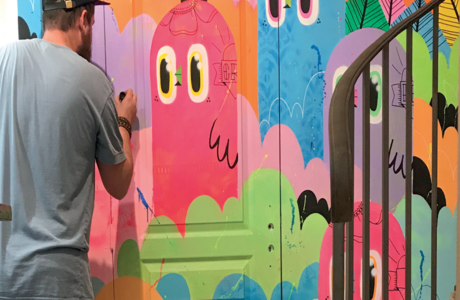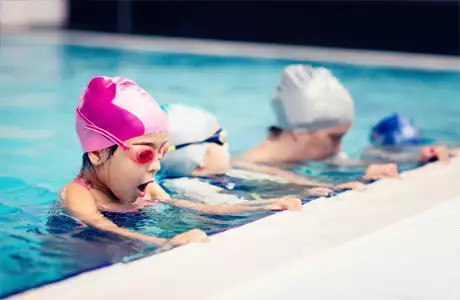Bilingual kindergarten class: can learning two languages upset the child?
Learning two languages in a bilingual kindergarten shouldn't confuse the child, especially if he or she is exposed to both languages from an early age.
In fact, children have a great capacity for language learning, and can easily adapt to the acquisition of several languages simultaneously.
Here are some important points to consider:
Brain plasticity
Children have a period of brain development that favors language learning. Their brains are flexible and able to process different languages naturally. They have an innate ability to assimilate the sounds, grammar, and vocabulary of several languages.
Early exposure
Early exposure to different languages, ideally from infancy, facilitates learning. Bilingual children tend to develop strong linguistic skills in both languages, as they see them as normal, natural communication systems.
Cognitive benefits
Learning two languages as early as kindergarten can have cognitive benefits for children, such as improved attention span, problem-solving skills and mental flexibility. It can also foster their social development and openness to other cultures.
Adequate support
It's important that children benefit from a favorable and supportive environment for learning both languages. Teachers and parents at the École Bilingue Chardin are committed to providing interactive and stimulating activities in both languages, adapting to the child's level of development.
It should be noted that each child is unique and that some children may present specific challenges in their language learning. Some children may require additional adaptation time or a more individualized approach. However, in most cases, learning two languages in a bilingual kindergarten class is beneficial and has no negative effects on the child's development.






